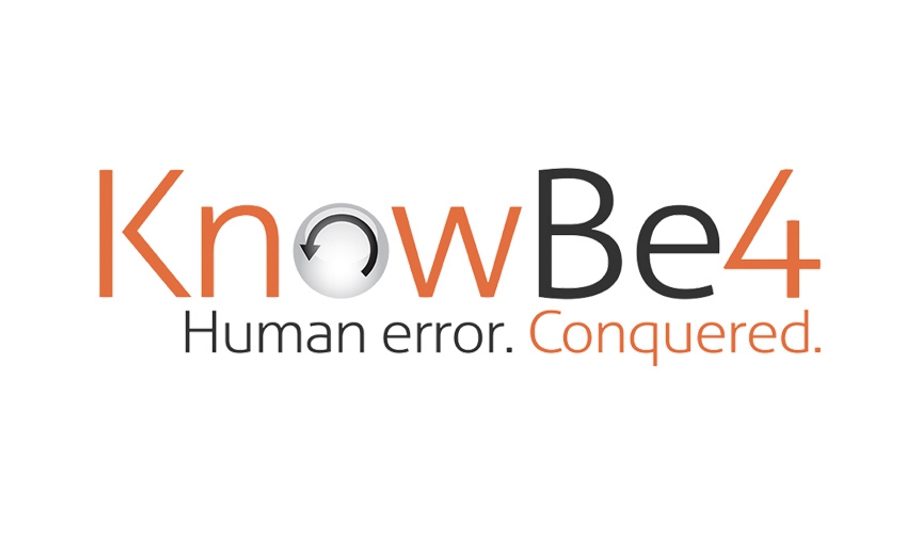Pretexting is when the bad guys create a false scenario using a made-up identity or pose as someone you know to manipulate you into divulging personal or sensitive information. They often pose as employees of bank or credit card companies or even as your own coworkers.
How it Works: Common Tactics of Influence
The bad guys will try to persuade you into letting your guard down and giving them what they’re looking for. Oftentimes, they don’t even need information specific to your organization to trick you.
See below for an example of two common tactics used to influence victims in pretexting scenarios:
Influence by Authority
For example, you receive a call at work from someone demanding immediate assistance, using an aggressive and authoritative tone. This person establishes their authority by using an executive-level or official-sounding “job title”. They may even insult you for not being familiar with “who they are”. These scare tactics alone often sway victims into giving away sensitive information or complying with a request.
It’s human nature to act in a responsive manner around someone of authority, but don’t fall victim to false claims of authority!
Influence by Obligation
For example, you receive a call from someone posing as a member of your IT department. The bad guy tells you they’ve found malicious activity on your work computer and begin questioning your recent browsing history–implying that you’ve reached a malicious website and have put the company in danger as a result. Then, they demand you update your password with a more “secure” password which they provide.
Would you feel obligated to comply with their instructions? Many unsuspecting individuals would–but don’t fall victim to a false sense of obligation!
How Can I Avoid Falling Victim to Pretexting Scenarios?
Remember the following to help protect your organization against pretexting scenarios:
Never give out sensitive information over the phone, online, or in email, unless you are absolutely sure you know who you’re dealing with, or you initiated contact with the individual.
If the caller claims to be an employee but their request seems suspicious, verify their identity through a trusted party and let them know you’ll call them back. If the caller questions the need for your verification efforts, explain that you’re following the process required of your position. Maintain a respectful but forceful attitude.
Make sure you’re familiar with your organization’s protocols for handling requests for information, or ask your supervisor if you need assistance.
Stop Look Think – Don’t be fooled
The KnowBe4 Security Team
KnowBe4.com

